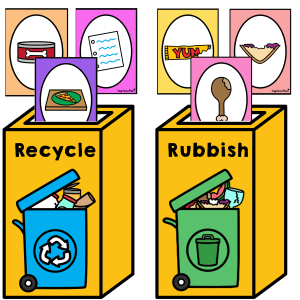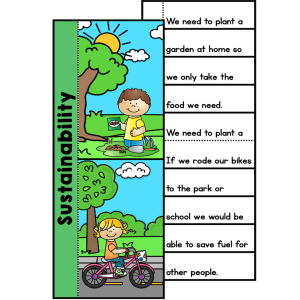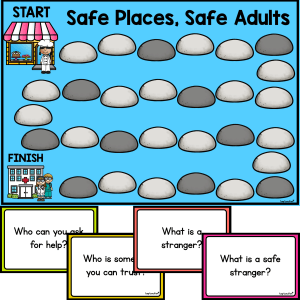Where is It Located? Positional Language POWERPOINT
Description
Support students in learning to describe where things are with our Where is It Located? Positional Language PowerPoint. This interactive resource helps students practise using and understanding positional language in a fun and structured way - perfect for whole-class modelling or group practise.
This PowerPoint is divided into two sections. In the first part, students respond to a positional statement with a thumbs up or thumbs down to show whether it is true or false. In the second section, they complete cloze sentences by choosing from multiple choice positional words. The bright visuals and clear structure make it easy for learners to engage and participate.
Where is It Located? Positional Language PowerPoint is editable, so you can adjust the slides or add additional questions to match your students' needs. It’s ideal for building early oral language, spatial awareness, and comprehension skills through interactive class discussion.
Key Learning Outcomes:
- ✅ Use and understand positional language in context
- ✅ Respond to statements using visual cues and reasoning
- ✅ Select appropriate words to complete positional sentences
What’s Included:
- Interactive PowerPoint with 12 question slides across two sections
- Thumbs up/down true or false statements
- Cloze sentences with multiple choice positional word options
- Editable format for customisation and extension
Materials Needed:
- Interactive whiteboard or device capable of running PowerPoint
- Optional: small whiteboards to use for extra hands-on learning
How to Use:
- Open the PowerPoint on your interactive whiteboard or device.
- Work through the thumbs up/down slides and discuss each answer.
- Move to the cloze section and have students select the best positional word.
- Encourage discussion about why each answer is correct or incorrect.
- Repeat or customise slides for further practise.
Ideas for Classroom Use:
- 💡 Use during your oral language or vocabulary block
- 💡 Include in a rotation station with a small group
- 💡 Use for assessment observations of positional understanding
- 💡 Pair with hands-on positional tasks using toys or counters
- 💡 Integrate into your spatial awareness or prepositions unit
Top Teacher Tips:
- 💛 Model positional vocabulary using classroom objects before starting
- 💛 Use small whiteboards for students to record answers during cloze slides
- 💛 Encourage students to explain their thinking to build spatial reasoning language
Where is It Located? Positional Language PowerPoint is a versatile and interactive way to explore positional language - ideal for Foundation and Year 1 classrooms looking to make early spatial language development fun and purposeful.
Additional information
| Number of Pages | 20 |
|---|---|
| File Format | zip |
| Australian Curriculum Code | AC9M1SP02, AC9M2SP02, AC9MFSP02 |
Australian Curriculum V9
F - 6
Lorem ipsum dolor sit amet, consectetur adipiscing elit.
Lorem ipsum dolor sit amet, consectetur adipiscing elit.
Lorem ipsum/ Lorem ipsum/ Lorem ipsum
Lorem ipsum dolor sit amet, consectetur adipiscing elit.
Lorem ipsum dolor sit amet, consectetur adipiscing elit.
Lorem ipsum/ Lorem ipsum/ Lorem ipsum
Lorem ipsum dolor sit amet, consectetur adipiscing elit.
Lorem ipsum dolor sit amet, consectetur adipiscing elit.
Lorem ipsum/ Lorem ipsum/ Lorem ipsum
Lorem ipsum dolor sit amet, consectetur adipiscing elit.
Lorem ipsum dolor sit amet, consectetur adipiscing elit.
Lorem ipsum/ Lorem ipsum/ Lorem ipsum
Lorem ipsum dolor sit amet, consectetur adipiscing elit.
Lorem ipsum dolor sit amet, consectetur adipiscing elit.
Lorem ipsum/ Lorem ipsum/ Lorem ipsum








